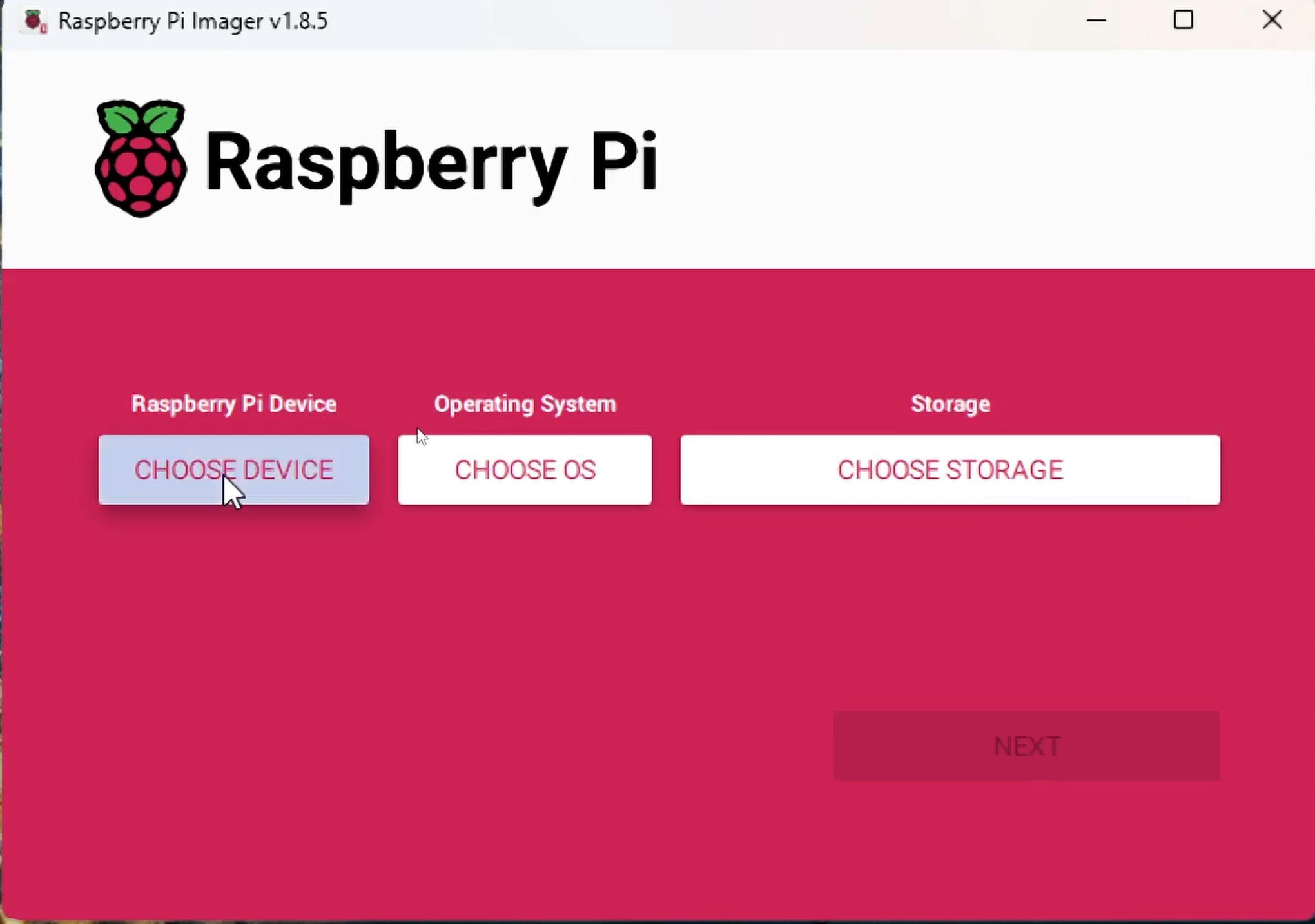Unlocking The Power Of Remote IoT Device SSH: Your Ultimate Guide
Hey there tech-savvy folks! Ever wondered how you can manage your IoT devices from miles away? Remote IoT device SSH is your golden ticket to seamless control and monitoring. Whether you're a DIY enthusiast or a professional developer, this technology opens up a world of possibilities. So, buckle up as we dive deep into the ins and outs of remote IoT device SSH!
In today's fast-paced world, the Internet of Things (IoT) has revolutionized the way we interact with technology. From smart homes to industrial automation, IoT devices are everywhere. But what happens when you need to access or troubleshoot these devices remotely? That's where remote IoT device SSH comes into play. It's like having a remote control for your devices, but way cooler!
Now, before we get into the nitty-gritty, let's clear the air. SSH, or Secure Shell, is not just some fancy acronym; it's a protocol that allows you to securely connect to your devices over a network. And when it comes to IoT, this protocol becomes a game-changer. So, whether you're tinkering with a Raspberry Pi or managing a fleet of sensors, SSH is your best friend. Let's get started!
- Phil Robertson Latest Breaking News And Obituary Updates
- Who Starred In The Original Beetlejuice Classic
What Exactly is Remote IoT Device SSH?
Alright, let's break it down. Remote IoT device SSH is essentially using the Secure Shell protocol to access and manage IoT devices from anywhere in the world. Think of it as a secure tunnel that lets you interact with your devices as if you were right there in front of them. Cool, right?
Here’s why it’s so important: IoT devices often operate in remote locations, and physically accessing them can be a real hassle. With SSH, you can monitor, update, and troubleshoot these devices without lifting a finger—or at least not traveling miles to do so. Plus, it’s super secure, so you don’t have to worry about unauthorized access.
Let’s take a quick look at the key benefits:
- Aryan Khans Grandparents Tracing The Family Lineage
- Who Shockingly Died From A Heart Attack On Duck Dynasty
- Secure access to IoT devices
- Remote management capabilities
- Cost-effective solution for device maintenance
- Scalability for managing multiple devices
Why Should You Care About Remote IoT Device SSH?
Here's the deal: if you're working with IoT devices, SSH isn't just an option—it's a necessity. Whether you're building a smart home system, monitoring environmental sensors, or managing industrial equipment, secure remote access is crucial. And SSH provides just that.
For starters, it saves you time and money. Imagine having to drive to a remote location every time you need to update firmware or fix a bug. Sounds exhausting, right? With SSH, you can do all that from the comfort of your couch—or wherever you happen to be. Plus, it ensures that your devices remain secure, which is a big deal in today's cyber threat landscape.
Let’s not forget about scalability. As your IoT setup grows, managing multiple devices becomes a challenge. SSH simplifies this process by allowing you to connect to all your devices through a single interface. It's like having a virtual control room for your IoT empire.
Setting Up Remote IoT Device SSH: A Step-by-Step Guide
Now that you know why SSH is awesome, let’s talk about how to set it up. Don’t worry; it’s not as complicated as it sounds. Follow these steps, and you’ll be up and running in no time.
Step 1: Enable SSH on Your IoT Device
Most IoT devices come with SSH disabled by default for security reasons. To enable it, you’ll need to access your device’s settings. For example, if you’re using a Raspberry Pi, you can enable SSH by navigating to the Raspberry Pi Configuration tool or by creating an empty file named "ssh" in the boot partition.
Step 2: Determine Your Device’s IP Address
Once SSH is enabled, you’ll need to find your device’s IP address. This is the address that your computer will use to connect to the device. You can usually find this information in your device’s network settings or by running a simple command like "ifconfig" or "ip addr".
Step 3: Connect Using an SSH Client
Now comes the fun part—connecting to your device. If you’re on a Windows machine, you can use tools like PuTTY or Windows Terminal. On macOS and Linux, you can simply use the built-in terminal. Just type "ssh username@ip_address", and you’re good to go.
Best Practices for Secure Remote IoT Device SSH
Security is paramount when it comes to remote access. Here are some best practices to keep your devices safe:
- Use strong, unique passwords or SSH keys for authentication.
- Disable password-based authentication and rely solely on SSH keys if possible.
- Change the default SSH port to something less common to deter automated attacks.
- Regularly update your device’s firmware and SSH software to patch vulnerabilities.
- Use a firewall to restrict access to your SSH server.
Remember, security is a continuous process. Stay vigilant and keep your systems up to date to protect against potential threats.
Troubleshooting Common SSH Issues
Even the best-laid plans can go awry sometimes. Here are a few common SSH issues and how to fix them:
Problem 1: Connection Refused
This usually happens when SSH is not enabled or the device’s firewall is blocking the connection. Double-check that SSH is enabled and ensure that your firewall rules allow traffic on the SSH port.
Problem 2: Permission Denied
If you’re getting a "permission denied" error, it could be due to incorrect login credentials or misconfigured SSH settings. Verify your username and password, and check that your SSH keys are correctly set up.
Problem 3: Slow Connection
Sometimes, SSH connections can be sluggish. This might be due to network congestion or outdated software. Try optimizing your network settings or updating your SSH client and server software.
Advanced Features of Remote IoT Device SSH
Once you’ve got the basics down, it’s time to explore some advanced features that can take your SSH experience to the next level.
Feature 1: Port Forwarding
Port forwarding allows you to securely access services running on your IoT device from your local machine. This is particularly useful for debugging or accessing web interfaces.
Feature 2: SSH Tunnels
SSH tunnels provide a secure way to transfer data between your local machine and your IoT device. This is great for transferring files or accessing databases securely.
Feature 3: Automated Scripts
With SSH, you can automate repetitive tasks using scripts. For example, you can set up a script to automatically update your device’s firmware or collect sensor data at regular intervals.
Real-World Applications of Remote IoT Device SSH
So, how is remote IoT device SSH being used in the real world? Here are a few examples:
Application 1: Smart Agriculture
Farmers are using SSH to remotely monitor and control irrigation systems, ensuring optimal water usage and crop health.
Application 2: Industrial Automation
In factories, SSH is used to manage and troubleshoot machines and sensors, improving efficiency and reducing downtime.
Application 3: Smart Homes
Homeowners are leveraging SSH to control smart devices like thermostats, lights, and security systems from anywhere in the world.
Future Trends in Remote IoT Device SSH
As IoT continues to evolve, so does the role of SSH. Here are some trends to watch out for:
- Increased adoption of quantum-resistant encryption for SSH.
- Integration with AI and machine learning for automated device management.
- Development of more user-friendly SSH interfaces for non-technical users.
The future looks bright for remote IoT device SSH, with advancements in technology making it more secure and accessible than ever before.
Conclusion: Embrace the Power of Remote IoT Device SSH
And there you have it, folks! Remote IoT device SSH is a powerful tool that can transform the way you manage your IoT devices. From secure access to advanced features, the possibilities are endless. So, why not give it a try? Start by setting up SSH on your devices and explore all the amazing things you can do.
Before you go, don’t forget to leave a comment and share your thoughts on remote IoT device SSH. And if you found this article helpful, feel free to share it with your tech-savvy friends. Happy hacking!
Table of Contents
What Exactly is Remote IoT Device SSH?
Why Should You Care About Remote IoT Device SSH?
Setting Up Remote IoT Device SSH: A Step-by-Step Guide
Best Practices for Secure Remote IoT Device SSH
Troubleshooting Common SSH Issues
Advanced Features of Remote IoT Device SSH
Real-World Applications of Remote IoT Device SSH
Future Trends in Remote IoT Device SSH
Conclusion: Embrace the Power of Remote IoT Device SSH



Detail Author:
- Name : Timmothy Simonis
- Username : temmerich
- Email : jaida.feil@brekke.info
- Birthdate : 1985-04-10
- Address : 787 Dudley Fall Apt. 357 North Cody, IL 07146-7899
- Phone : 757.864.6098
- Company : Metz Inc
- Job : Pewter Caster
- Bio : Aliquid possimus ipsam reiciendis vero deserunt. Dolor possimus rerum impedit rerum et. Est a est omnis ex voluptates neque ipsa. Ducimus aut atque sed velit sit eum iste.
Socials
tiktok:
- url : https://tiktok.com/@merl_id
- username : merl_id
- bio : Consequatur ut ipsam quas quis molestiae cum.
- followers : 5834
- following : 852
twitter:
- url : https://twitter.com/merl_hickle
- username : merl_hickle
- bio : Molestias asperiores enim velit id pariatur sunt et ea. Dolor et officia nostrum. Placeat autem ad recusandae cum delectus odio quod.
- followers : 3024
- following : 1329